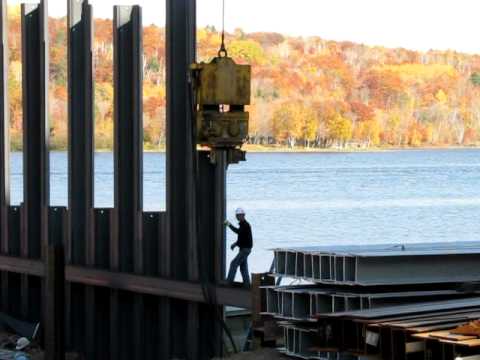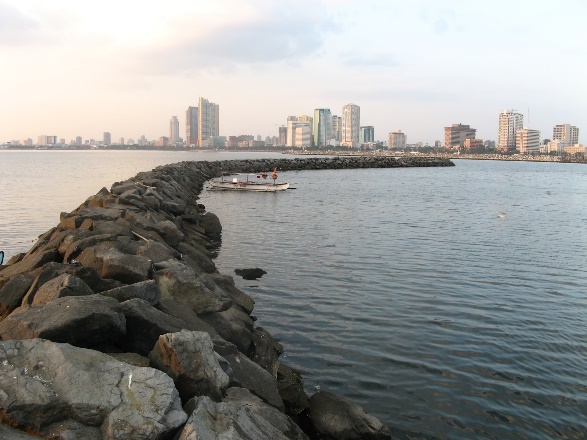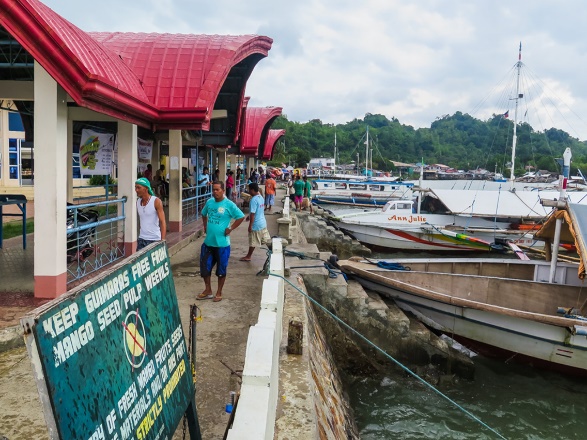Will “Great Wall of Tacloban” be pursued?
Yolanda. Who would forget that disastrous typhoon that killed about 10,000 individual and left 11 million individual homeless and devastated? It was in November 2013 when it hit most part of Eastern Visayas and traversed to South China Sea. The government insisted that they had foreseen the typhoon as a ‘super typhoon’ but the impact was seemingly inevitable. There were even dead bodies still recovered early January 2014. But, past is past, devastation and destruction cannot be undone anymore. Statements such as “it would have been better… it should have been…” are no longer the point, and the government is doing their best effort to implement projects for recovery and rehabilitation.
As part of mitigation and prevention, the government would like to come up with the project to mitigate the effect of super typhoons that might come to the Philippines. One of the most ideal projects is a seawall, which was later named as “The Greatwall of Tacloban.” According to DPWH, the seawall will cover 20.1 kms seawalls in Tacloban, 4.1 kms in Palo, Leyte and 3.1 kms in Tanauan, also in Leyte, for a total length of 27.3-kilometer seawall.
But how will they do this? The concept of constructing the seawall might compare to the seawall constructed along the shore of Michigan Technological University campus waterfront on Keweenaw Waterway (Portugal Lake) where lots of sheet pile were used together with the concrete to strengthen the seawall.

Using pile driver and other heavy equipment, seawall will be arranged as planned, however, there are types of seawall that are not strong such as:

Roxas Boulevard seawall

Guimaras boat port seawall
These are just some seawall that must be heightened or strengthened to serve not just a drainage point or boat port but will also serve its primary purpose.
The Government, as per DPWH Regional Director Rolando Asis, would spend Director Rolando Asis, would spend PhP48 billion, and will expect to be completed by 2020.
